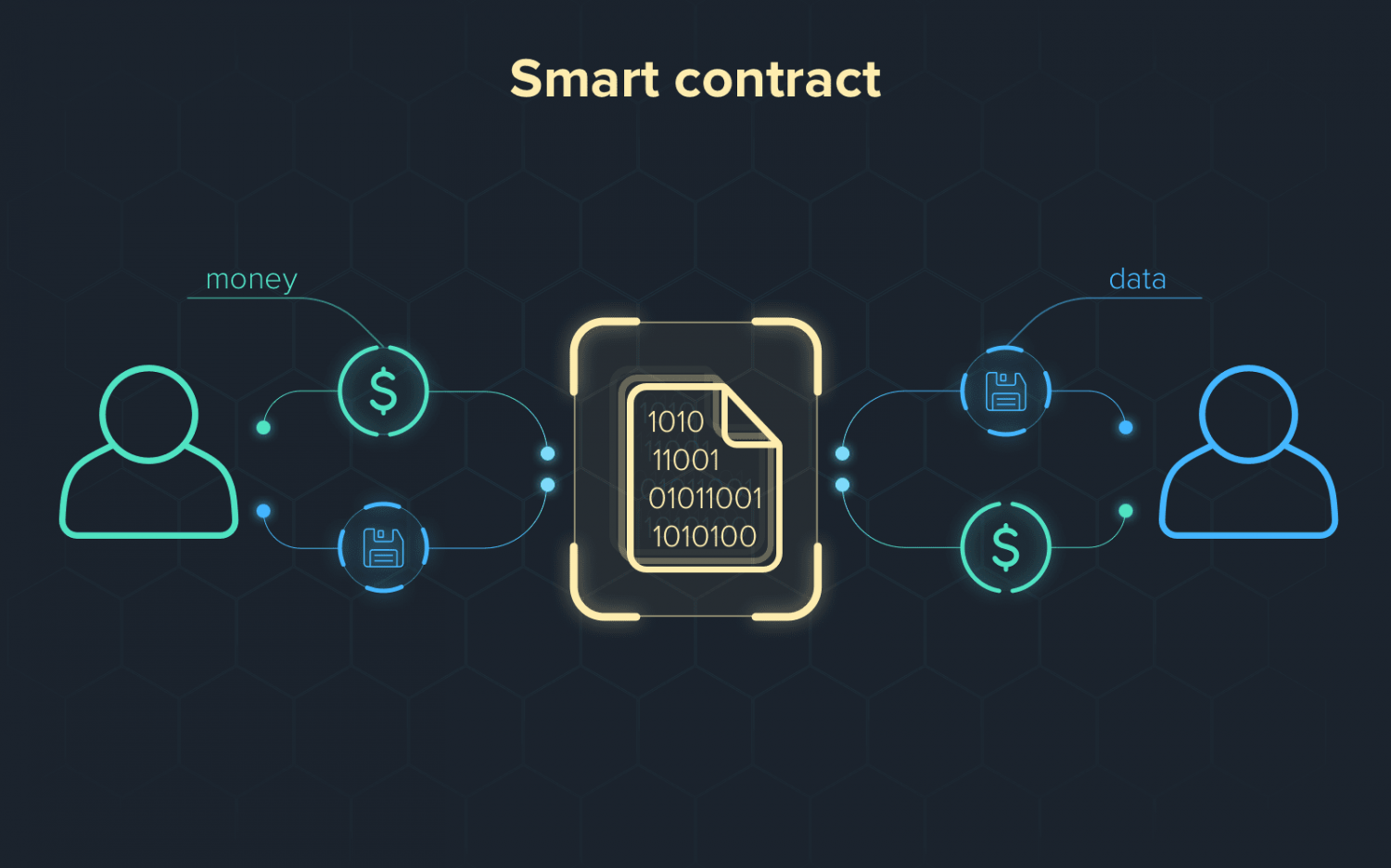
Smart contracts are the gears behind decentralized applications. As self-enforcing blockchain agreements, smart contracts allow developers to create trustless, permissionless applications that can replicate the capabilities of traditional financial infrastructure and provide functionality that is simply not possible in a centralized system.
As arguably one of the biggest innovations after blockchain technology, smart contract developers are in incredibly high demand, since the number of blockchain platforms is increasing, dApps are becoming increasingly popular, and there simply aren't enough skilled developers to go around.
As a result, leading smart contract developers can now command salaries in excess of $200,000/year, while the average smart contract developer nets a tidy $127,500 salary in the US.
If this sounds like something you're interested in, there are three primary steps you'll need to follow before you can make it as a smart contract developer.
Step 1: Pick a Language
In order to begin developing your own smart contracts, you're going to need to familiarize yourself with one or more smart contract programming languages.
The language you choose will likely depend on your previous experience and individual needs. While some languages are more flexible, capable, and easier to work with than others, all generally have their individual merits making them worthy of consideration.
Some of the most popular smart contract programming languages currently include:
- Solidity: a high-level programming language with syntax similar to JavaScript. It can be compiled and deployed on blockchains compatible with the Ethereum Virtual Machine (EVM) - such as Ethereum, Metaverse, and Binance Smart Chain.
- Rust: an increasingly popular smart contract programming language that is just as flexible as C++ - allowing for highly complex applications. This is currently the most popular language for building smart contracts on Substrate.
- C++: an extremely popular general-purpose programming language used for both blockchain and smart contract development. Bitcoin was initially written in C++ and it's a common language for those transitioning to smart contract development from a traditional programming background.
Step 2: Choose a Blockchain
Now that you've chosen which language/s to focus on, you're going to need to choose which blockchain you're going to develop on.
Again, this will depend on what you're looking to achieve with your smart contracts. But in general, first-generation blockchains like Bitcoin and Litecoin have more restricted smart contract functionality than second-generation blockchains like Ethereum and Cardano, or third-generation platforms like Cosmos and Metaverse.
Generally, it's a good idea to pick a blockchain platform that features a large array of capabilities and is both highly scalable and efficient - since high fees, limited throughput slow transaction times have shown to be a major bottleneck to adoption, while a lack of developer resources can make some platforms unattractive, particularly for inexperienced developers.
Though Ethereum is currently the most popular platform for developers, some newer platforms are rapidly gaining prominence, since they can address some or all of Ethereum's limitations. Arguably the most prominent of these is Metaverse, a Substrate-based platform that is weeks away from releasing its Hyperspace mainnet - which will support interoperable smart contracts and is compatible with the Ethereum Virtual Machine (EVM).
Whichever platform you choose, it's important to consider its longevity and current stage of development, as these can impact the success of your products later on.
Step 3: Get Your Educational Resources
Last, but not least, you're going to need to learn how to actually create your smart contracts.
Arguably the best place to start is by checking out the developer documentation provided by the platform you're looking to develop on, such as those for Ethereum, Cardano, and Metaverse.
You can usually use the official materials to find out which programming languages you can use, identify relevant developer communities, and find out how to deploy your smart contracts on the testnet - among other things.
Once you've felt your way around through the official documentation, you may want to consider using a variety of free and premium tutorials to help you on your journey. Generally, you can find sufficient resources on YouTube to get started with at least basic development, but if you want something more complete and structured, you may need to turn to premium courses on sites like Udemy and Coursera.
YouTube's EatTheBlocks offers an excellent free intro to Solidity for beginners, which should be enough to get you up to speed before moving on to more complete courses - including this one by Udemy's Toshendra Sharma.
Whichever path you choose, you're looking at several months of practice at the very least before you'll be able to build anything substantial. But as with all things, you will get out what you put into it.
* This is a contributed article and this content does not necessarily represent the views of techtimes.com









